Outdoor growing - how to succeed: soil conditions, pH value and correct fertilisation
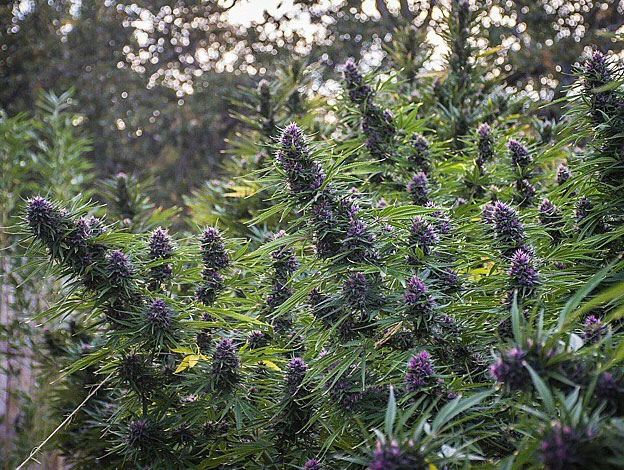
Proper soil preparation for outdoor growing can make a big difference later on in terms of the quantity and quality of the harvest. Cannabis plants have specific requirements in terms of soil quality and condition. Here is a little guide to ensure that all parameters are optimal when growing outdoors.
Basic geological requirements for outdoor cannabis cultivation
Cannabis develops best in a loamy soil that drains easily while retaining a certain amount of moisture. Loamy soils are a mixture of sand, silt, and clay in an approximate ratio of 40 : 40 :20. In very sandy soils, water drains very quickly, whereas in soils with a high clay content, waterlogging occurs more easily because the water cannot or can only with difficulty penetrate the very small and dense particles.
When choosing to place cannabis plants directly in the ground rather than in planters for outdoor growing, it is possible to add sand, silt or clay to the existing soil to improve drainage or the soil's ability to retain moisture. Drainage and soil stability can be further optimised by adding gravel, perlite or vermiculite. Larger stones and roots of neighbouring plants, on the other hand, should be removed from the soil in which the plants are placed so that they do not disturb the roots of the cannabis plants.
If the soil is poor and lean and not suitable because of its structure, the purchase of special cannabis substrates should be considered. Additional soil additives can and should be added to the existing soil. These soil additives are e.g. dung (from horse, sheep, cow, worm dung...) blood meal, bone meal or other additives like. Cotton seed, Rock flour, nettle liquid manure and .....
The three important basic nutrients for cannabis are nitrogen (N), potassium (P) and phosphorus (K). For outdoor cultivation, it is also recommended to use a high-quality, homemade and purely organic soil mixture. You can find a recipe for this here. However, the production and the process take some time and you need to gain some experience with it before you really succeed in feeding the plants well and balanced with it.
Cannabis plants planted directly into the ground can yield 500 - 1000g. There should be 2m between each plant so that they do not interfere with each other and take away light.
For camouflage, protection as well as for a valuable soil climate, other plant species can be planted nearby: e.g. tomatoes (good camouflage plant), blackberry (good for defence), stinging nettle (soil climate). but not too close so that there is no obstruction.
Fertilise outdoor plants
In addition to producing a organic soil mixture with sufficient nutrients and other natural additives and soil adjuvants, there is the possibility of fertilising the outdoor Ladys in the same way as indoor plants with liquid fertilisers (either biological or mineral), thus supplying them with all the vital nutrients and other important substances. This is recommended if the soil in which the plants are planted is poor and there is no sufficient micro-organic soil climate.

Outdoors, during the growing phase, it is best to use high quality fertilisers such as. Organic Weed, Compost Teas, Voodoo Juice, B-52 are used. The fertiliser schedule of the respective manufacturer should always be followed (it is better to use a little less). If the soil in which the plants stand is naturally quite rich (in nutrients), the amount of fertiliser used should be reduced by 30-60% (below the manufacturer's instructions).
In the flowering phase, for example Bio Weed (GHE), Revive (Advanced Nutrients)Rhino Skin (Advanced Nutritients), Root Excelurator, Voodoo Juice, Big Bud, Bud Candy, Nirvana, compost tea, etc. In a lean soil, the full dosage as given by the manufacturer should be used. These components protect the roots and increase root mass. Beneficial bacteria from these additives increase resistance to pests, desiccation, stress and disease and ensure stable THC levels.
helpful addition for organic and organic cultivation outdoors:
- Vermicompost
- Guano Bat Fertiliser Powder and Liquid
- Nutrihemp (Algae Ash)
- Neem oil, chrysanthemum or other biological insecticides
- Propolis (fungicide and stimulator of the plants' natural defences)
- Bacillus thuringiensis
- One pH Meter, pH Down
The pH value for outdoor growing
Cannabis prefers soil with a pH between 5.5 - 6.5 (slightly acidic). If the soil is too acidic or too alkaline, deficiencies or toxicity can develop in the plants. Nutrients can then not be absorbed sufficiently or only harmfully for the plants. In turn, if the optimal amount of nutrients is not absorbed by the cannabis plants, the highest quality and performance in yields will not be achieved.
If the pH of the soil is too high, an acidic compound can be added to the soil to reduce the pH to the desired level. For this purpose, sulphur can be used, which is converted to sulphuric acid with the help of special bacteria in the soil. If the pH of the soil is too low (i.e. too acidic), agricultural lime (calcium carbonate) is most commonly added.
In order to determine the ph-value of the soil, there are special Test sets.
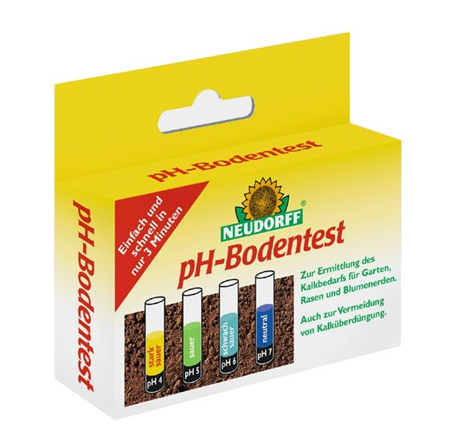
Sterilisation of the soil and biological pest control
The soil can be "cleaned" by exposure to hot steam. This can remove many balteria, fungi as well as harmful insects, while several beneficial bacteria still survive. Purchased and special cannabis soil of good quality does not need to be sterilised or cleaned beforehand. If the naturally available soil is used, working the soil with steam can be very useful and also remove unwanted weeds. However, for larger areas or lack of time, steam cultivation is very time-consuming or even impossible.
There are also other methods of controlling pests, such as the use of beneficial insects, microbes, plant insecticides such as Neeem oil or certain organic compounds that repel pests. In California, work is partly done with the help of so-called solarisation, whereby special mats are used to raise the soil temperature through sunlight. The moist soil is broken up into small fine pieces and then covered with a thin transparent film that intensifies the heat and sunlight. In this process, the soil is brought to a temperature around 46° C for 4-6 weeks, so that the full effect can unfold. The temperature and its stability is checked regularly.
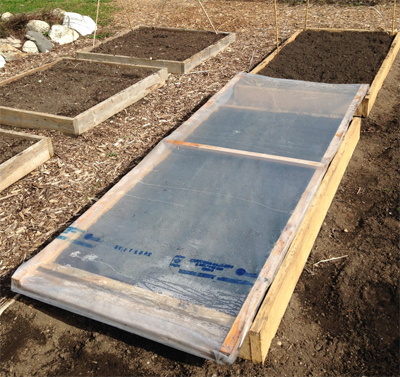
"Solarisation" on a small scale, a biological and effective method to avoid pest infestation
This method appears to be effective and above all free of toxic additives, however, it is not so easy to carry out in many regions of the world, because the hours of sunshine and the temperature development are not persistent and strong enough everywhere.
Biological insecticides such as neem, chrysanthemum or propolis should be used early and preventively to prevent the occurrence of spider mites, whitefly and aphids as well as the various types of mould. Treatment is carried out every 15 days. At the end of July comes the treatment with Bacillus Thuringiensi to prevent the development of dangerous caterpillars. In the 2nd week of flowering, Porpolis is very helpful to prevent mildew. The treatment with propolis is continued until 2 weeks before harvest.
Planning is half the outdoor grow: step-by-step (organic) outdoor grow
When growing outdoors, you should first consider how tall the cannabis strain you want to grow will be. The largest cannabis plants grow from the middle / end of March and reach 2.5 - 3.5 m in height. If you don't want the plants to reach such an enormous size, put them outside later, from May to June.
The seeds are germinated in the same way as for indoor growing and then planted in small pots (0.25 L). Then carefully keep the soil moist, but not wet, by spraying and watering. The pH value of the water (6-6.5) for the small plants should be checked and adjusted if necessary. It can take up to 10 days before the first plants are visible and emerge from the soil. If it is warm enough and sunny, the seedlings in their pots can be placed in the sun immediately. Make sure that the soil never dries out. The seedlings are very sensitive in this phase. If it is still too cold outside, place them indoors under artificial light, e.g. Neon tubes or Energy-saving lamps until the little plants can then be put outdoors.
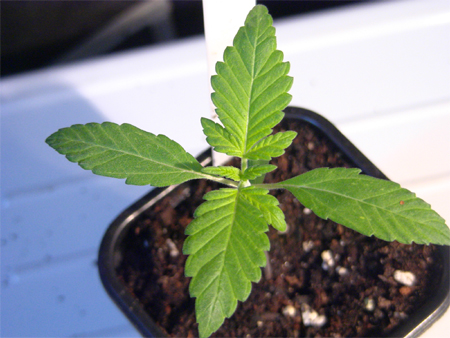
The seedlings and young plants should receive maximum (sun) light from the beginning. If plants receive too little light at the beginning, they will only develop weakly and have less yield later on.
After 3 weeks, usually 3 pairs of leaves have developed and the plants are about 20 cm high. When the root structure in the pot is well developed and spread out, the plants can now be repotted in 11 L pots in good soil.
>> good soil = e.g. 80% Light-Mix, 20% Worm humus, 500g Guano/100 L soil, 250g Nutrihemp per 100 L soil
In the first 2 weeks after repotting, the plants are only watered with water, the pH value is corrected if necessary. In the 4th - 6th week, the cannabis plants are planted outside. If the plants are to be planted directly in the ground, dig a deep hole (at least 50 cm deep) and fill it with a soil mixture of Light-Mix (lean soil), 20 litres of worm humus, a bag of Nutrihemp and half a kilo of bat guano and perlites. The plants will now go in there. They will only be watered with water (pH corrected) for the next while. The soil should always be kept moist.
From the middle of July is the beginning of flowering (depending on the variety even later). It is time to give a new contribution of nutrients to the soil. Around the plants, a mixture of 20 L Earthworm humus, 250g Nutrihemp and half a kilo Bat Guano is distributed. All additions are mixed well beforehand and then carefully folded into the soil.
The pH value of the water should be around 6 until the end of flowering. When flowering starts at the end of July / beginning of August (for pure sativas even later), all old leaves, weakest lowest branches should be cut off and if possible a roof with a transparent cover should be well fixed and installed to protect the plants with their ever growing flowers from strong wind and rain.
When most of the trichomes have turned milky and some amber, it is harvest time. A great feeling of joy arises just thinking about it. Outdoor plants can get brown hairs faster and earlier, so the hairs on outdoor plants are only a limited indication of ripeness. It is better to look at the trichomes with a Microscope a needle.
Different growing options: directly in the ground or in a planter?
When growing outdoors, there are several possibilities: growing in pots/planters, growing in Toilet bags and Root-Pouches or digging deep holes in the ground and planting the cannabis plants directly into the soil. When growing in pots and planters, you have the advantage that you can simply use special purchased cannabis soil that has the ideal pH value and is free of pests and pathogens. The disadvantage is that the plant in the pot only has a limited space for the roots. Plants in pots need to be watered more often because the water storage capacity of the soil is much smaller.

Plants that can access the groundwater themselves by means of a deep planting hole often not only reach enormous size, but also require less supervision and care. However, there is also a greater risk of disease pathogens spreading in the soil and there may be a risk of pollution from agricultural runoff.
High quality cannabis seeds and suitable genetics
For outdoor growing, regular seeds as well as feminised or automatic seeds can be used. However, it is best to know the sex of the plant before planting it outdoors. In Northern Europe, varieties that have a short flowering period are particularly suitable. A premature harvest leads to a considerable loss in terms of quality and quantity, even with outdoor plants.
>> Pot size for outdoor growing: 11 L - 2600 L or more, depending on variety and available space.
So I'll stop texting now and wish you all a successful outdoor grow 🙂
Until next time your Juan






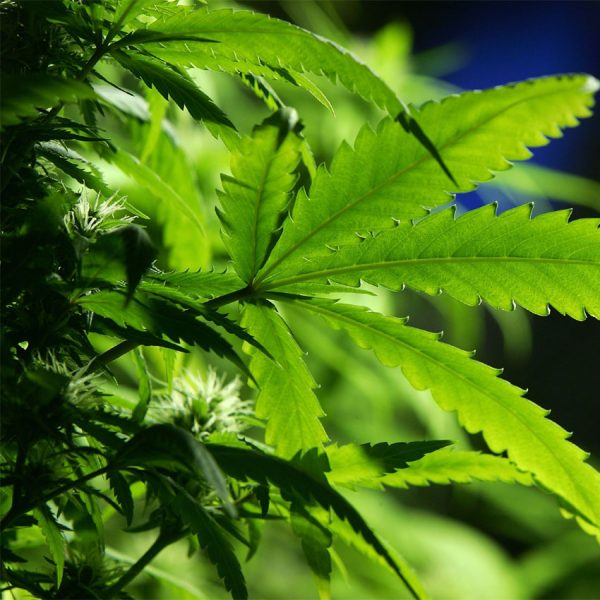
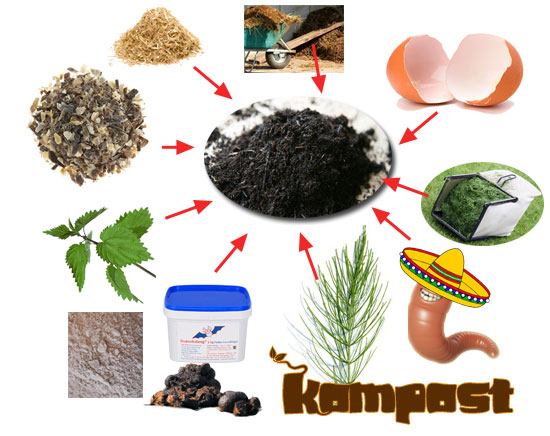
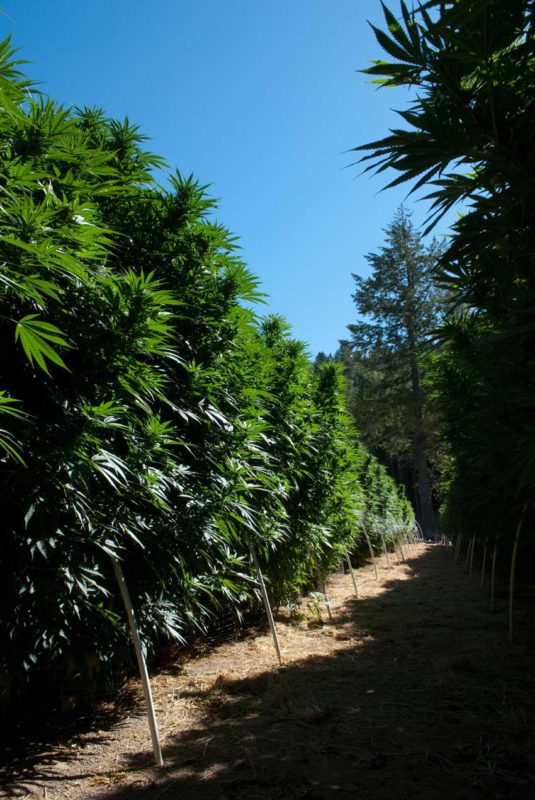
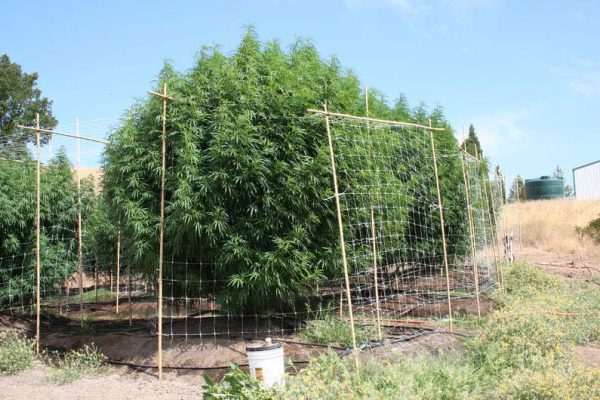
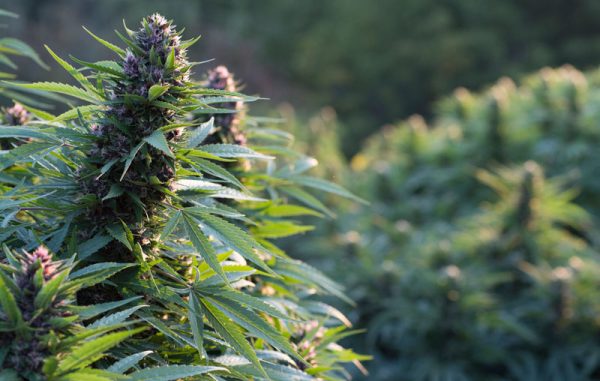
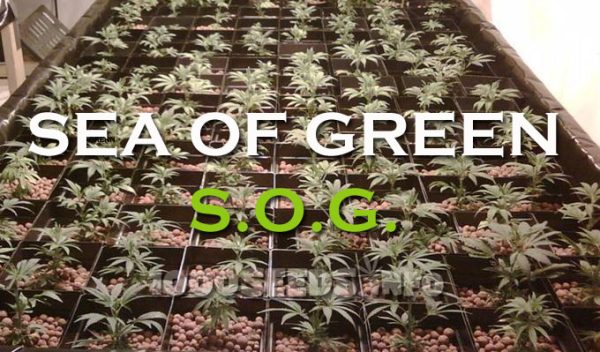

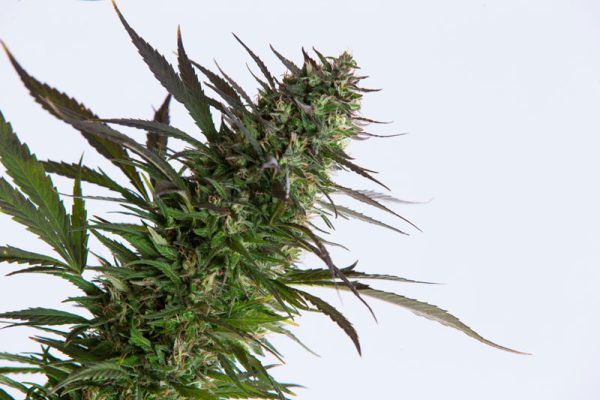
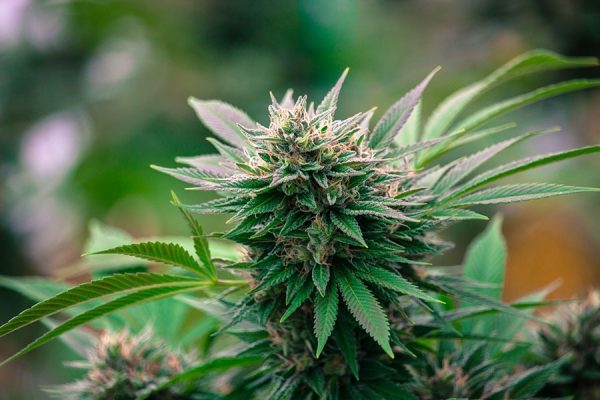
Can I also use all mix instead of Light mix and add worm humus Guano and Nutrihemp or will that be too much for the plants?